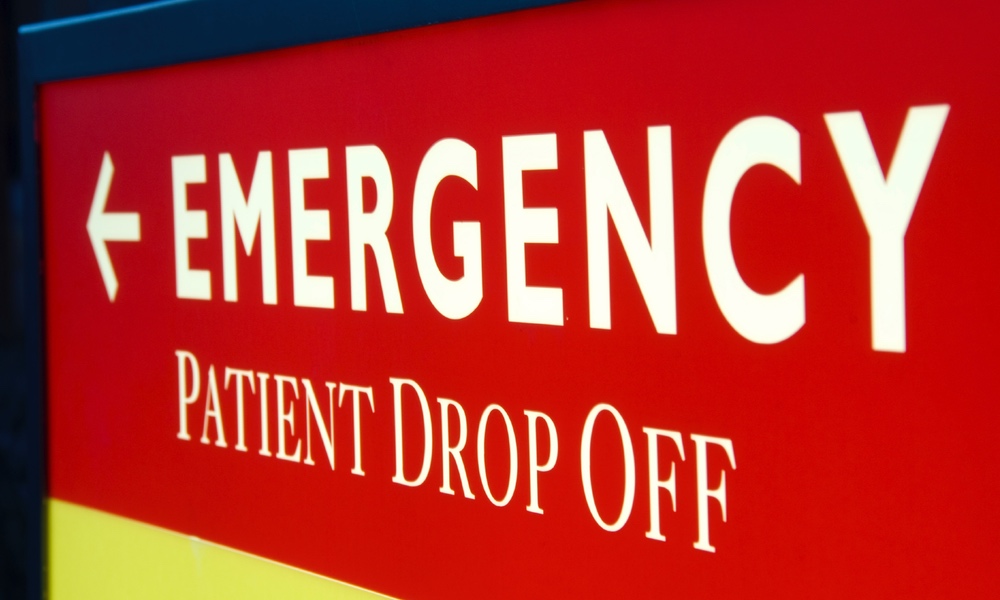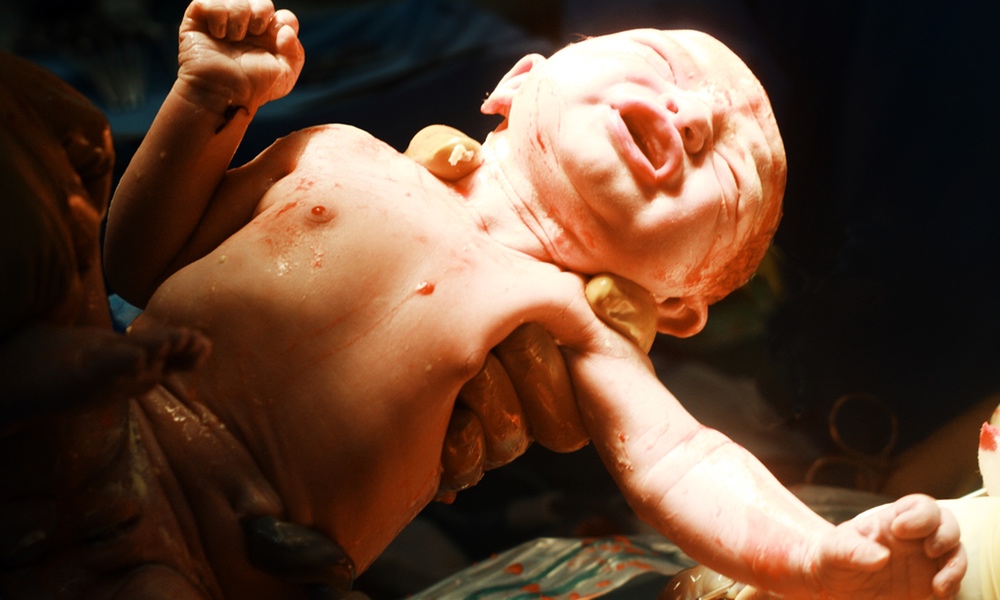In brain damaged patients, when an injured part of the brain is put to the test, the healthy part seems to compensate, according to a new study. Earlier research had shown that when damage occurs to parts of the brain involved in language and motor movements, over time there is some degree of compensation by other parts of the brain. The study adds to the mounting evidence that the adult brain is much more flexible — and resilient — than previously thought.
When the damaged side of the brain was challenged and the participant responded to the test question, activity on the undamaged side of the brain increased almost immediately — in less than a second.
The new study looked at patients with damage to the prefrontal cortex. This part of the brain is important in memory and attention — and participants were asked to complete tasks that specifically challenged their working memory and visual attention. During the tests, the researchers were able to challenge either the healthy or the damaged side of the brain by presenting a task to only one half of the visual field at a time.
When the damaged side of the brain was challenged and the participant responded to the test question, activity on the undamaged side of the brain increased almost immediately — in less than a second. The activity on the healthy side of the brain was located in places that corresponded to the task at hand (i.e., attention or memory).
The research was led by Bradley Voytek at the University of California at Berkeley, and published in the November 4, 2010 issue of Neuron.




